Are you thinking of customizing your bike or wanting to protect its paint from scratches? Vinyl Bike wraps are the best choice for an affordable, easily removable, and stylish alternative to protect your bike. This article will walk you through the best vinyl bike wrap, cost, and installation guides. Are you ready to level up your ride? Let’s get started!
What Is A Bike Wrap & Why Use It?
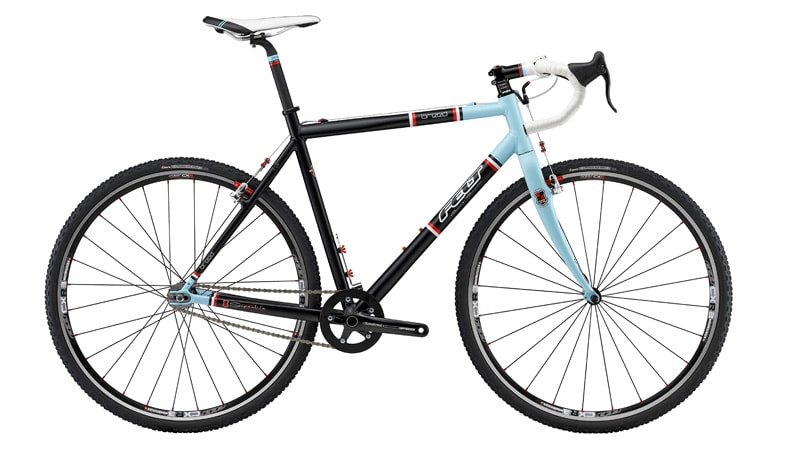
A vinyl bike wrap is a flexible, adhesive-backed film applied all over the bicycle’s frame or on specific parts only. It adds an extra layer of protection, leaving your bike looking like it just rolled out of the shop with an expensive, fresh coat of paint or showing off unique graphics or textured patterns.
Benefits of Wrapping a Bike
The benefits of vinyl wrapping range from giving your bike the advanced paint protective solution it needs to being a ground for self-expression and a way to carry your style from a distance.
Here are some benefits and features offered by vinyl wraps that you should know about.
Protects Paint From Scratches and Weather Damage
If you use a mountain bike and engage in downhill mountain biking, race, and terrain time trials, or are just a road cyclist who competes in the Tour de France, this is your sign to consider a vinyl bicycle wrap.
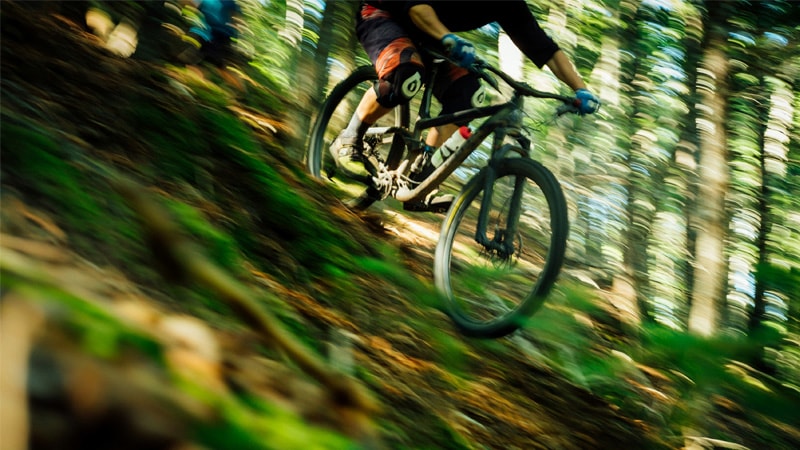
It is lightweight and self-healing, allowing minor scratches to disappear. Since these situations expose you more to trail debris, shuttle abrasion, and weather damage, an additional layer of clear superhydrophobic coating vinyl can keep your bike clean by repelling mud and grime and keeping it free from damage, lasting up to 5 to 7 years!
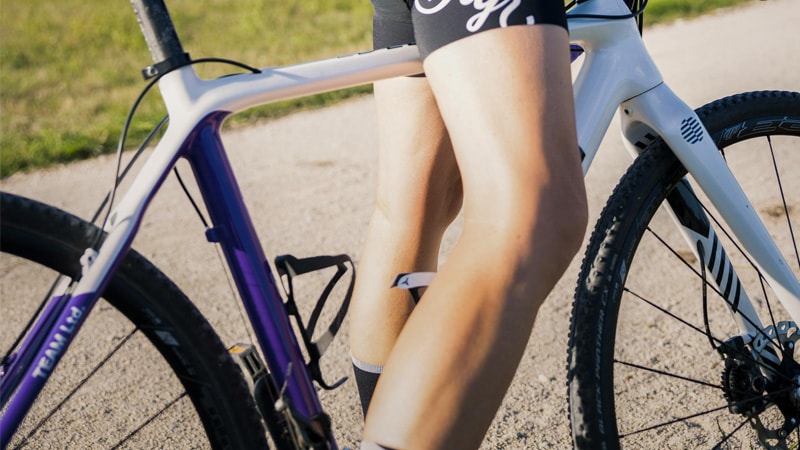
They are also made from recycled materials, which protects your frame and fork, boosting resale value and allowing you to focus on the ride without worry, especially when high-quality material is used.
Cheaper Than Repainting and Easily Removable
These vinyl wraps are only adhesive-backed film, making them easy to install and remove with proper tools. Compared to repainting, where the process is tedious and strenuous because it requires primer, spray paint, sandpaper, etc.
An additional benefit of vinyl wraps is that you don’t need to commit to the design if you’re already displeased with your current wrapping. You can easily scrape it and replace it with your current style of choice, just in time for tomorrow’s race.
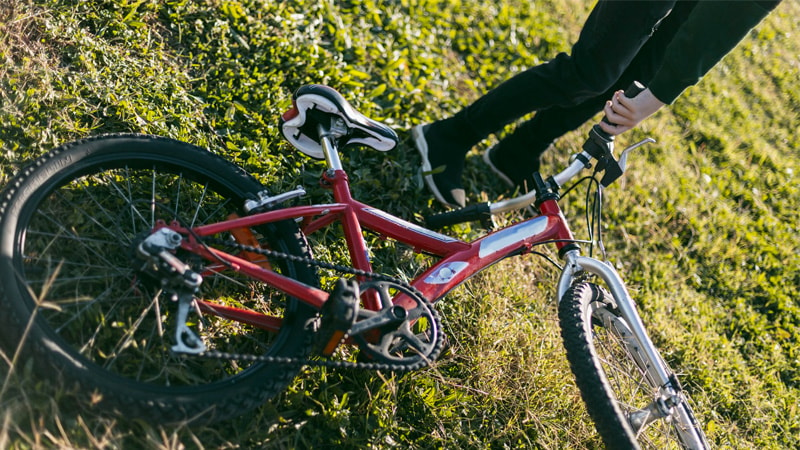
Custom Colors and Graphics for Personalization
Vinyl wraps offer versatility and ease of printing, allowing you to customize the design, texture, colors, and hues to reflect your personality and giving you the boost in confidence to ride in style.
You have the flexibility to choose from various finishes, not just colors. Whether you prefer a solid hue or a carbon fiber wrap, or a holographic finish, different film sizes and materials are available for your custom fit.
Wrap Materials for Customization
There are countless materials to choose from, a simple design or a bold and intricate one—there’s a vinyl film for every personality.
- Gloss, Satin, Matte – These wraps consist of classic solid colors. The most common vinyl used is glossy wrap because it is the easiest to apply, especially if you opt for a DIY application.
Glossy wraps can give your bike frame a classic wet and reflective look, making it more attractive.
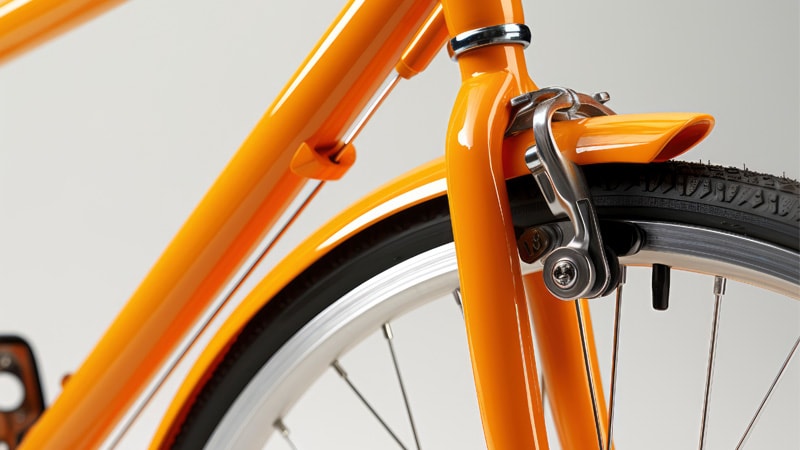
Matte wrap has sensual, sharp contours and a curvy design that highlights the bodywork of your bike frame.
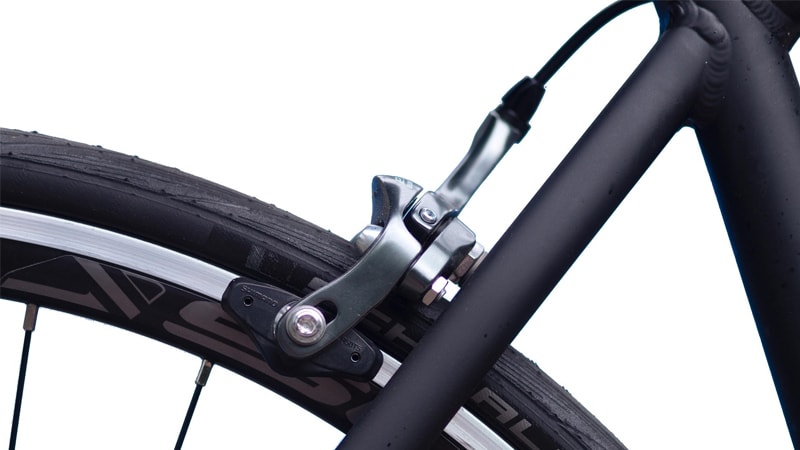
Satin wraps can give you a chic and sophisticated look, as this is neither overly shimmery nor mute. Making it look like it’s covered in silk
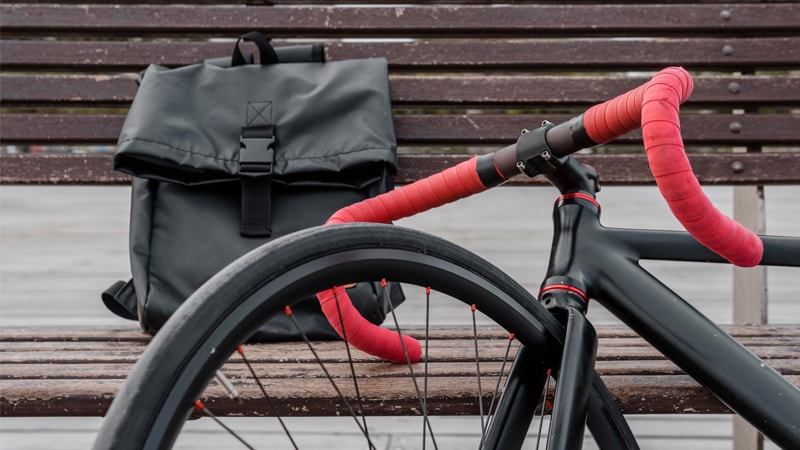
Carbon Fiber & Textured —Carbon fiber is known for its high strength, stiffness, and low weight, which makes it perfect for cyclists. Textured vinyl mimics carbon fiber with a range of designs and colors. Both offer a premium look and feel.

Custom Printed Vinyl Wraps—This type of design allows you to incorporate logos, artwork, and graphics, giving you the freedom to add a personal touch. You can go subtle, bold, or sophisticated; there is no limit to customized printing vinyl.
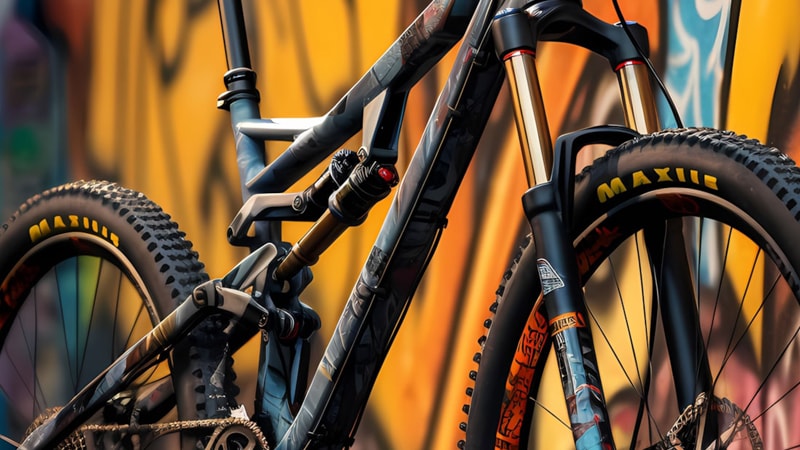
Bike Types & Compatibility – What Bikes Can Be Wrapped?
Different bike types present unique opportunities for customization. From road bikes to mountain bikes, understanding your bike’s specific characteristics is essential for successful protection and design.
Check how different bike disciplines impact wrapping compatibility and techniques.
| Bike type | Wrap Compatibility | Wrap Materials and Design |
|---|---|---|
| Road Bike | Easy | smooth, and aerodynamic design to reduce wind resistance. |
| Mountain Bike | Moderate | rugged, and durable design to withstand off-road conditions. |
| Gravel Bike | Difficult | versatile design that can handle both on-road and off-road conditions. |
| Track Bike | Easy | sleek, and lightweight design to enhance speed and performance. |
| BMX Racing | Moderate | robust, and impact-resistant design to withstand jumps and tricks. |
DIY vs Professional Installation
Whether you are considering getting your bike professionally wrapped or another DIY project, here’s a guide to help you decide.
| Installation | Pros | Cons |
|---|---|---|
| Do-it-Yourself (DIY) | affordable flexibility in design during installation, does not require technical expertise, does not require special equipment | time-consuming, especially for beginner, nos professional warranty |
| Professional | flawless results, high-quality work, access to expert design services, convenient | Higher upfront costs |
Installation Guide
Installation can be pretty simple and straightforward. But before everything else, you must ensure the bike frame is free from dirt, grime, and grease.
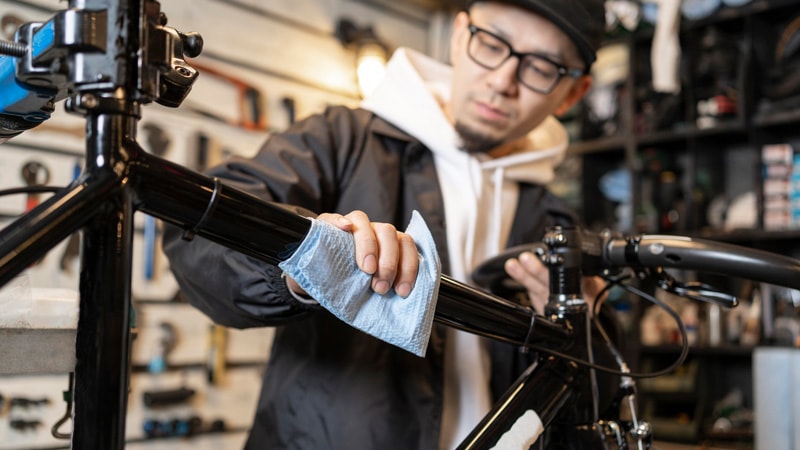
After cleaning, measure the dimensions of the bike frame. It’s up to you whether you want a partial or a full cover. When cutting vinyl, always cut with excess based on your measured dimensions. For example, if you measure a 7 by 2-inch frame, your vinyl should be 10 by 5 inches.
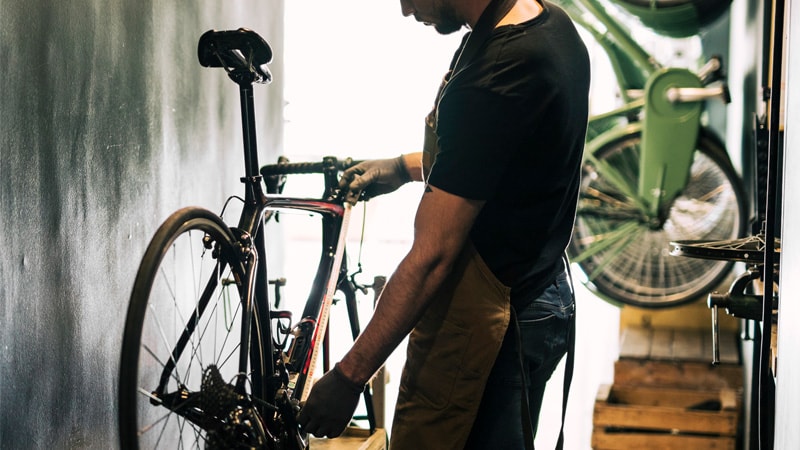
Remove the adhesive backing and install it on the straight sides of the bike, as this is easier to apply. Then proceed with the corners and edges. Use a squeegee to effectively secure and press the wrap by eliminating air bubbles and creases.
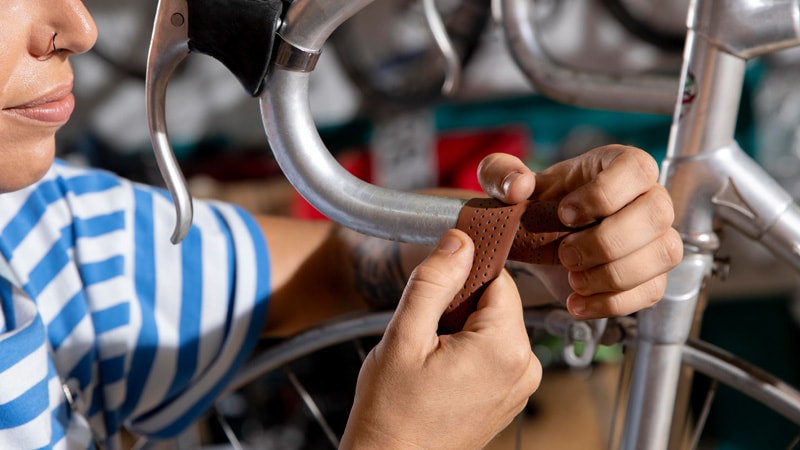
Lastly, use a heat gun to secure the finish and ensure adherence to the bike frame without crinkles.
Removal Guide
A major advantage of using wraps is that you can easily remove them whenever you want without harming your bike’s original surface. You can start by peeling up the corner, using any hard plastic to avoid scratches.
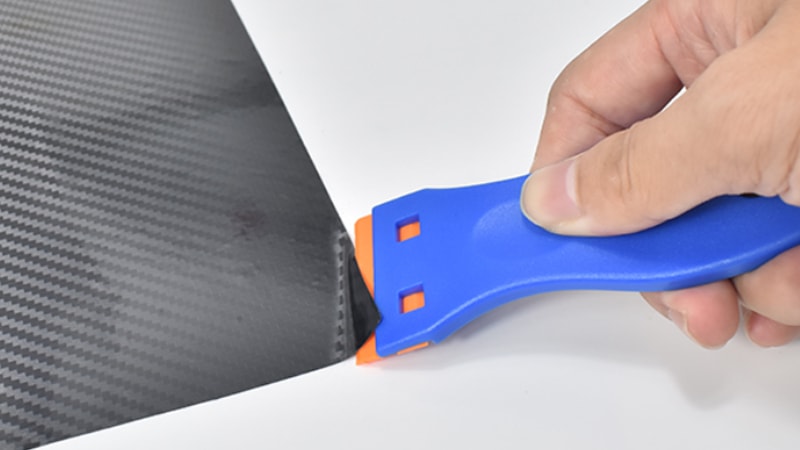
Most people use a heat gun or a hairdryer to apply minimal heat to debond the protective film and the adhesion of the vinyl. Just be patient and don’t apply too much heat as this can cause additional adhesion to the bike frame. If necessary, use adhesive remover, and once all of the adhesive is gone, you can clean the frame with alcohol.
Keeping Your Bike Wrap Looking New
Investing in a high-quality bike wrap is just the first step; maintaining its appearance and performance requires proper care and attention.
Here are some tips to help you maintain your vinyl wrap, protect its surface, and ensure your bike lasts through the years.
- Regularly clean with soap and water according to the right cleaning steps. Bike wraps make your bike easier to clean due to their hydrophobic quality.
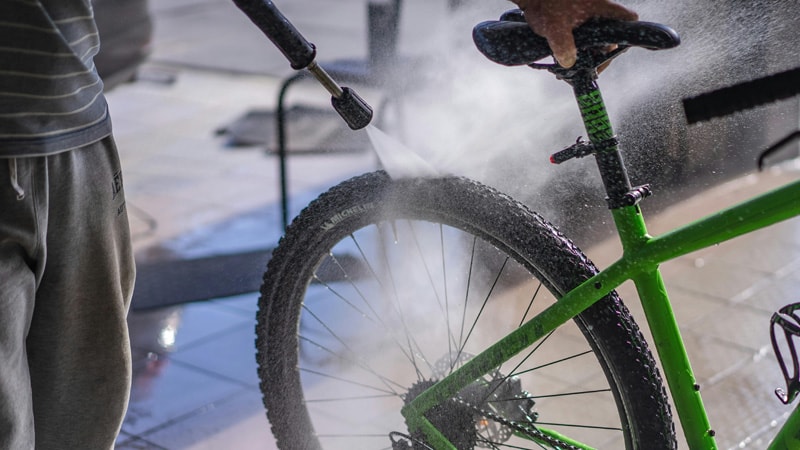
- Avoid using harsh chemicals or abrasive materials.
- Store your bike in a dry, cool place to prevent damage.
- Inspect regularly for signs of wear and tear.

Bike Wrap Cost
If you’re thinking about completely changing the design of your bike frame, you should have an idea of the current cost of wrapping a bicycle. The cost usually depends on several factors such as the bike’s size, complexity of the design, quality of material, and the option to laminate decals into the film.
Here’s the comparison between vinyl wrapping and repainting.
| Service | Price | |
|---|---|---|
| DIY | Professional Services | |
| Vinyl Wrap | $50 to $100 | $300 and above |
| Repainting | $200 to $500 | $700 and above |
FAQs
Q1: Is vinyl wrapping a bike worth the investment?
Yes, it is cheaper and affordable and serves as another layer of protection for your bikewhile still being able to customize its appearance without damaging the original paint.
Q2: How long does vinyl wrap last on a bike?
With proper installation, aftercare maintenance, and high-quality vinyl material, it can last up to 5-7 years.
Q3: Which wrap is good for a bike?
This depends on your bike and your biking environment. You can choose from the classic look offered by gloss, matte, or satin to carbon fiber, textured, and custom-printed vinyl for a sporty look. High-quality vinyl from Carlike provides both protection and expected visual appeal.
Conclusion
Vinyl wrapping completely transforms your bike’s appearance. This is an innovative yet affordable solution for cyclists looking for style, protection, and customization. Whether you’re a casual rider or a cross-country racer, this is the perfect choice for you. Protect your bikes and stand out on every track. Your cycling adventure starts here!
Boost Your Bike Wrap Business with CARLIKE’s Superior Vinyl!
Get exclusive colors and flawless, long-lasting finishes that make your wraps stand out. With 17+ years of expertise, CarlikeFilm helps you win more customers and grow your revenue with our high-quality vinyl wraps and outstanding customization capability.
Contact us now for the best deals! Explore our complete range of game-changing wrapping solutions today.



